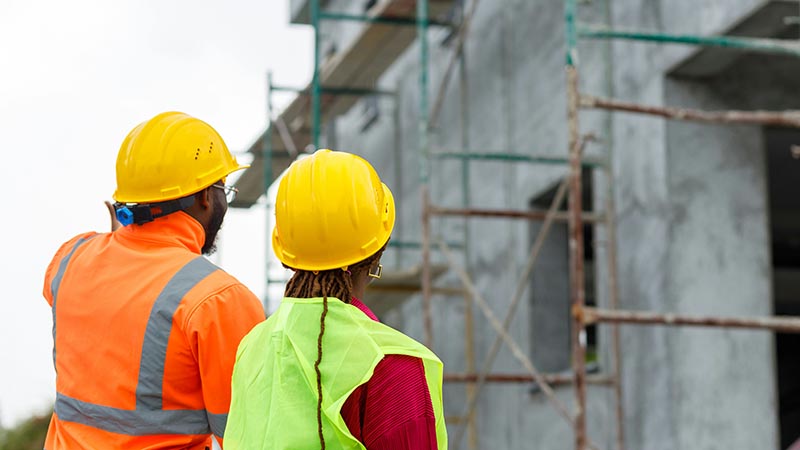From 1 March 2021, the domestic reverse VAT charge will come into effect for businesses in the construction industry.
The domestic reverse VAT charge (DRC) will now mean that the customer (a VAT registered business) who gets supplies of construction or building services will be responsible for the VAT due on those supplies on their own VAT return.
How was VAT previously treated before this change?
VAT-registered suppliers of goods and services in the construction sector previously charged their customers VAT and then paid these sums to HMRC, ordinarily on a quarterly basis. As a result, suppliers would hold money due to HMRC for several months before it was paid. This naturally helps suppliers cashflow – but it also delayed receipt of tax to HMRC and, according to HMRC, provided room for fraud in reporting (HMRC claim fraud amounted to around £1,000,000 per annum in this nature).
Who does this change effect?
This change will apply exclusively to transactions between VAT-registered contractors and subcontractors who are registered for the Construction Industry Scheme (CIS).
It applies to both standard and reduced-rate VAT supplies but not to zero-rated supplies.
Exemptions:
There are numerous exemptions, including the manufacture of components for systems of heating, lighting, air conditioning, ventilation, power supply, drainage, sanitation, water supply or fire protection and the installation of seating, blinds and shutters, as well as the installation of security systems, including burglar alarms, closed-circuit television and public address systems.
However, it is important to note that if any non-reverse charge supplies are supplied with supplies that are subject to the domestic reverse charge, then the whole supply is subject to the domestic reverse charge.
What should be included on invoices?
Invoices for services subject to the domestic reverse charge must include all the information required on a normal VAT invoice. However, they must make it clear that the domestic reverse charge applies and that the customer is required to account for the VAT.
There is no specific wording but HMRC provide examples of suitable wording:
- “Reverse charge: VAT Act 1994 Section 55A applies”
- “Reverse charge: S55 VATA 94 applies”
- “Reverse charge: Customer to pay VAT to HMRC”
Where customers issue authenticated tax receipts or self-billing invoices HMRC’s recommended wording is:
- “Reverse charge: we will account for and pay the output tax due to HMRC”
- “Reverse charge: as the UK Customer we will pay the VAT due to HMRC”
What action should construction businesses take?
Construction businesses should:
- Review supplies made to and received from other VAT registered contractors to establish where these will be subject to a reverse charge from March 2021;
- Obtain notification from customers that they are an end user and confirmation of their VAT registration and CIS status;
- Speak to your accountant to ensure accounting systems can deal with this change and
- Consider the impact on cash flow from March 2021 and if there are any other ways to mitigate this;
- Review the suitability of the Flat rate VAT scheme for your business
How can SAIL assist me?
- If you are not currently setup on a software platform equipped to deal with the new reporting rules, SAIL can work with you to convert your business accounts onto Xero, a software platform that is setup and ready for the impending changes.
- SAIL can review your accounts to create a cashflow forecast gauging the impact to your business’ cashflow from 1st March 2021.
- SAIL can provide a comparison calculation between the Flat rate VAT scheme or the Standard rate VAT scheme to determine which will benefit your business most following the change.
- SAIL can verify your sub-contractors with HMRC to verify their VAT registration and CIS status.
Contact our team today on 020 3773 6760 or email us on info@sailsolutions.co.uk for further information and support.

